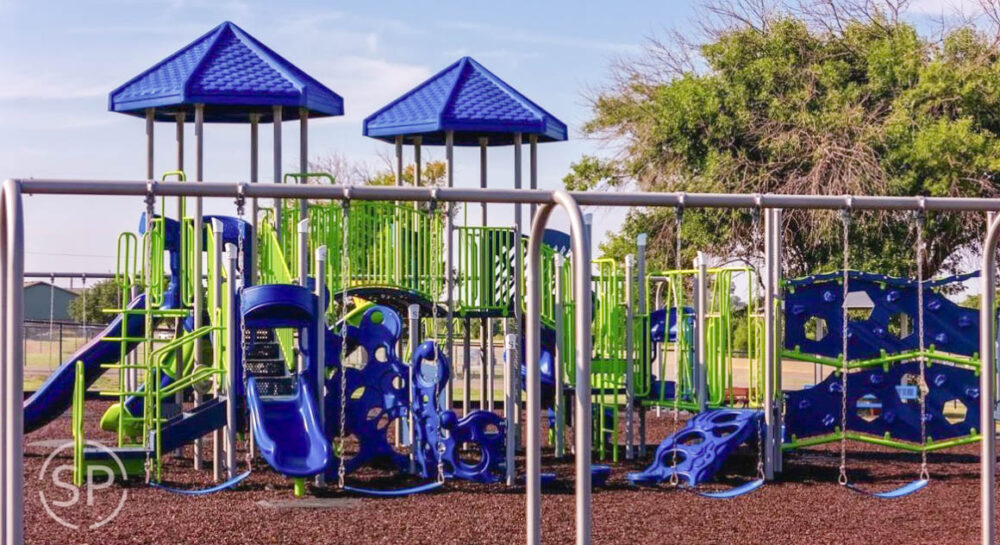Designing Inclusive Playgrounds: Creating Play Spaces for Everyone
Playgrounds are vital spaces for children to learn, grow, and socialize. However, traditional playgrounds often exclude children with disabilities, limiting their opportunities for fun and interaction. Designing inclusive playgrounds ensures that children of all abilities can experience the joy of play and reap its many benefits.
At Hunter Knepshield, we believe in creating spaces where everyone feels welcome and included. In this blog post, we’ll explore the key principles of inclusive playground design and highlight the importance of accessibility for all.

Why Inclusive Playgrounds Matter
Inclusive playgrounds offer numerous benefits:
- Equal Access to Play: Children with disabilities have the same right to play and recreation as other children. Inclusive playgrounds ensure that all children can participate and enjoy the benefits of play.
- Social Inclusion: Inclusive playgrounds foster social interaction and friendships among children of all abilities, promoting empathy and understanding.
- Developmental Benefits: Playgrounds offer opportunities for physical, cognitive, social, and emotional development. Inclusive playgrounds ensure that children of all abilities can access these developmental benefits.
- Community Building: Inclusive playgrounds create welcoming spaces for families and communities to come together, fostering a sense of belonging and acceptance.
Key Principles of Inclusive Playground Design
- Accessibility:
- Ramps and Transfer Systems: Provide ramps and transfer systems to allow children using wheelchairs or mobility devices to access play equipment.
- Accessible Surfacing: Use smooth, firm, and stable surfacing materials, such as rubberized surfacing or poured-in-place rubber, that are accessible to wheelchairs and mobility devices.
- Ground-Level Play: Offer ground-level play activities and equipment that are accessible to children who cannot climb or use stairs.
- Sensory Play: Incorporate sensory play elements, such as musical instruments, textured surfaces, and interactive panels, that cater to children with sensory sensitivities or visual impairments.
- Variety and Challenge:
- Diverse Play Experiences: Provide a variety of play experiences that cater to different abilities and interests, including swings, slides, climbers, spinners, and sand play areas.
- Gradual Challenge: Offer play equipment with varying levels of challenge to encourage children of all abilities to participate and progress at their own pace.
- Social and Emotional Considerations:
- Cooperative Play: Design spaces that encourage cooperative play and social interaction among children of all abilities.
- Quiet Zones: Incorporate quiet zones or sensory retreats where children can take a break from the stimulation of the playground.
- Safety:
- Age-Appropriate Equipment: Ensure that play equipment is age-appropriate and meets safety standards.
- Proper Spacing: Provide adequate spacing between play equipment to allow for safe movement and prevent collisions.
- Fall Zones: Use appropriate surfacing materials to cushion falls and prevent injuries.
Hunter Knepshield: Creating Inclusive Play Spaces
At Hunter Knepshield, we are committed to designing and building inclusive playgrounds that foster play and fun for children of all abilities. Our team of experts can help you create a playground that meets the needs of your community and promotes inclusion for everyone.
Contact us today to learn more about our inclusive playground design services.
By prioritizing accessibility and inclusivity in playground design, we can create spaces where all children feel welcome, valued, and empowered to play, learn, and grow together.
